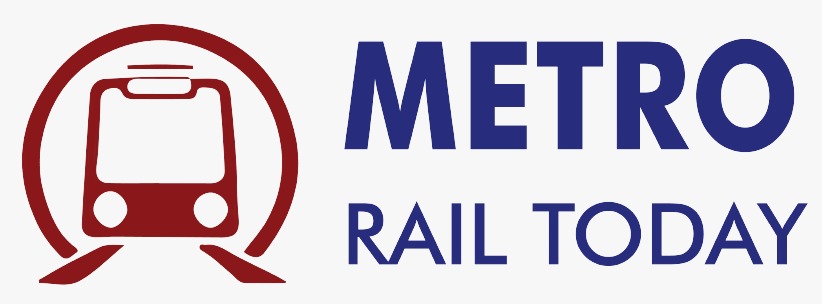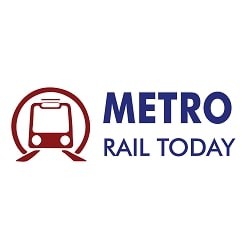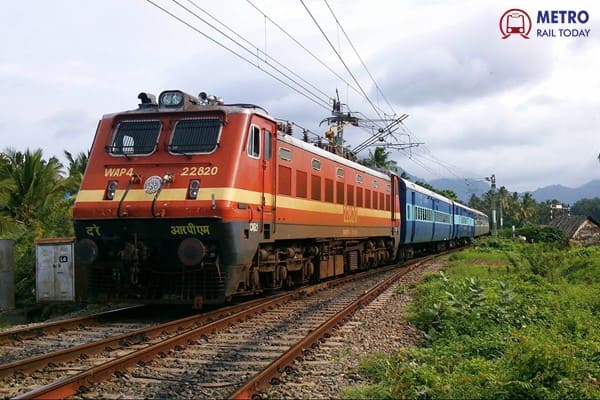 Titagarh Rail Systems Bags ₹273.24-Crore Rolling Stock Contract from Indian Railways
Titagarh Rail Systems Bags ₹273.24-Crore Rolling Stock Contract from Indian Railways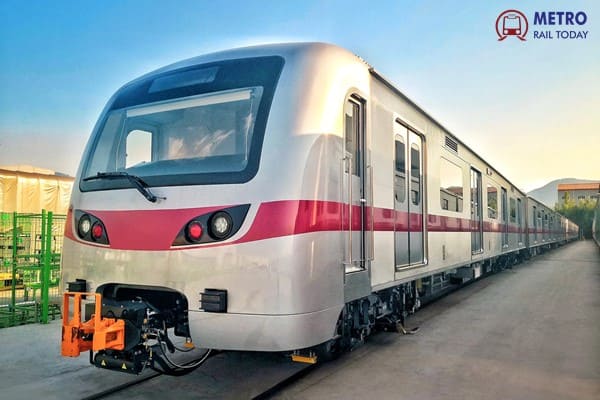 Metro Rail Transit Line (MRT-7): A New Way Forward for the North
Metro Rail Transit Line (MRT-7): A New Way Forward for the North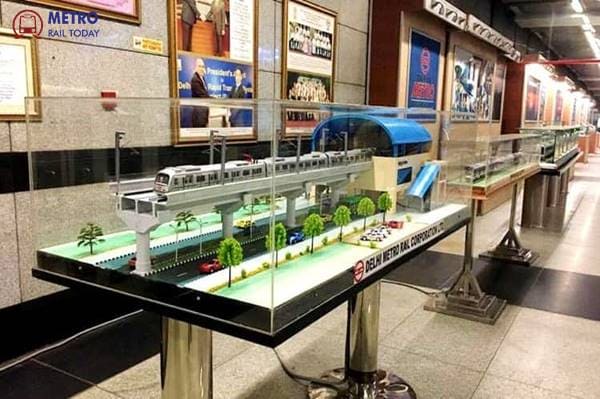 Delhi Metro inaugurates New State-of-the-Art Museum at Supreme Court Metro Station
Delhi Metro inaugurates New State-of-the-Art Museum at Supreme Court Metro Station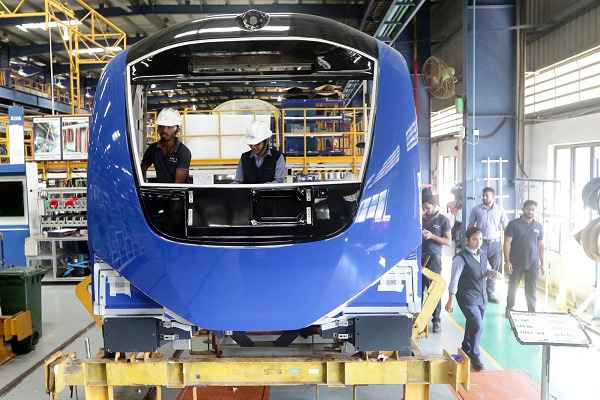 Knorr-Bremse unviels plan to invest ₹1,907 Crore in New Rail Manufacturing Facility in Chennai
Knorr-Bremse unviels plan to invest ₹1,907 Crore in New Rail Manufacturing Facility in Chennai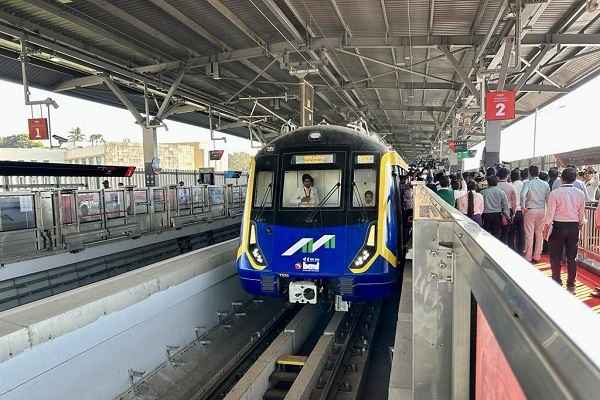 Landmark-Neev JV bags ₹151.2 crore station finishing contract for Mumbai Metro Line 2B
Landmark-Neev JV bags ₹151.2 crore station finishing contract for Mumbai Metro Line 2B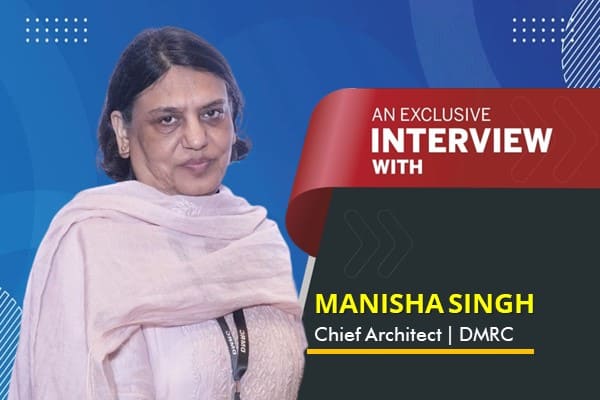 How Delhi Metro is reimagining urban architecture for a sustainable public transport?
How Delhi Metro is reimagining urban architecture for a sustainable public transport?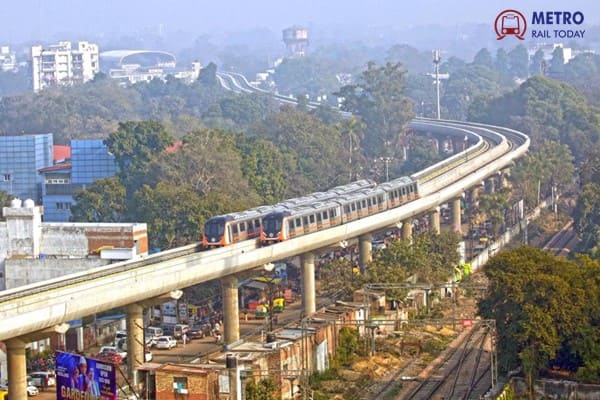 Why India needs a dedicated Ministry for Metro Railways?
Why India needs a dedicated Ministry for Metro Railways?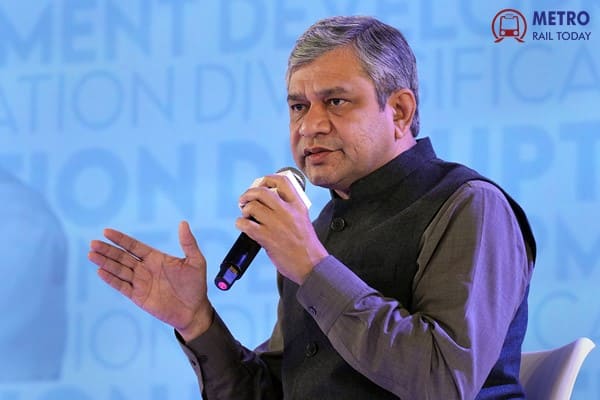 How Ashwini Vaishnaw is shaping India's Railways, Digital Future and Manufacturing Rise?
How Ashwini Vaishnaw is shaping India's Railways, Digital Future and Manufacturing Rise?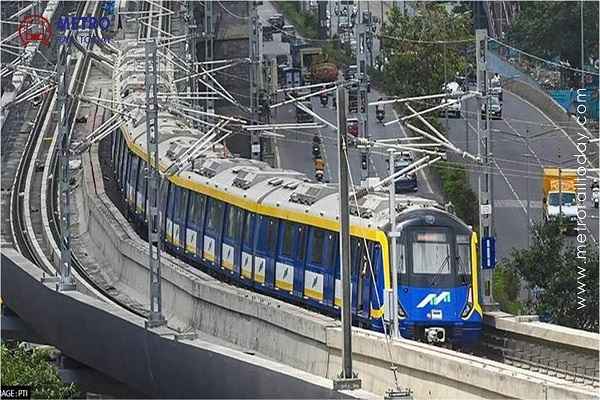 Dev–N.Rose bags ₹201.49-crore Architectural Works contract for 7 stations of Mumbai Metro Line 2B
Dev–N.Rose bags ₹201.49-crore Architectural Works contract for 7 stations of Mumbai Metro Line 2B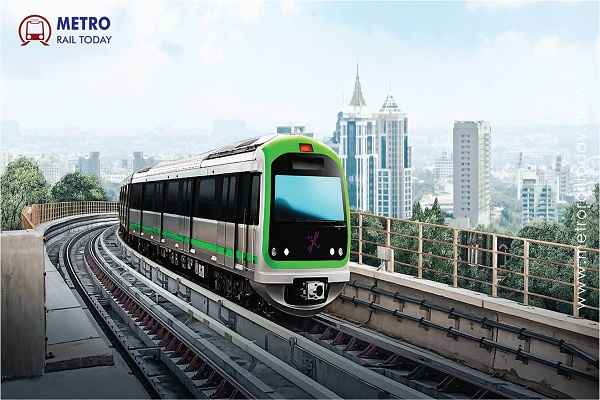 Bangalore Metro to float tenders for ₹25,311 crore Hosahalli–Kadabagere Metro Line
Bangalore Metro to float tenders for ₹25,311 crore Hosahalli–Kadabagere Metro Line
Kolkata Metro Marks 41 Years of Service to the City of Joy
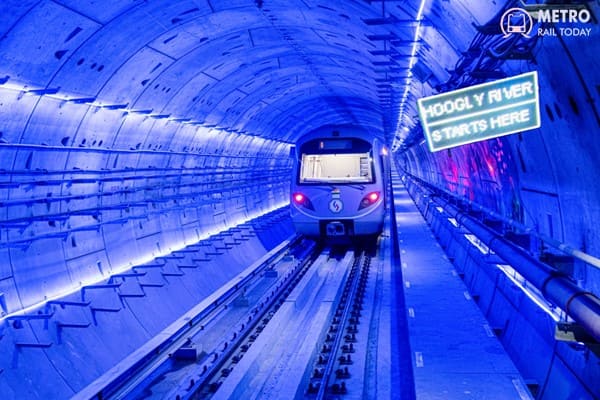
October 24, 1984, marked a quiet revolution in Indian urban transport with the inauguration of the Kolkata Metro. As India’s first and oldest operational rapid transit system, the initial 3.4-kilometer stretch between Esplanade and Bhowanipur (now Netaji Bhawan) was not just an engineering feat; it was a foundational step toward solving the chronic traffic congestion of one of the world's most densely populated cities. Over the last 41 years, the Kolkata Metro has grown from a single, pioneering line to an extensive, multi-corridor network, profoundly changing the city's urban landscape and the daily lives of its commuters.
From Blueprint to Backbone: A Journey of Milestones
The dream of an underground railway in Kolkata dates back to the 1920s, but serious construction didn't begin until the 1970s. The process was a distinctly indigenous, trial-and-error affair, facing challenges from insufficient funds to shifting underground utilities. However, sheer persistence—often led by political will—saw the project through.
The original North-South Corridor (Line 1), running from Noapara to Kavi Subhash, was gradually extended over decades, becoming the city's "Lifeline." The major shift in the metro's narrative, however, began with the new century's focus on rapid expansion.
The Conception and Pioneering Phase (1919–1984)
The idea for a subterranean railway in Kolkata (then Calcutta) emerged as early as 1919 when a proposal for a metro line, including an audacious tunnel under the Hooghly River, was presented to the Imperial Legislative Council. This plan was unfortunately shelved in 1923 due to funding shortages. The concept resurfaced in 1969 with the formation of the Metropolitan Transport Project (MTP), which, with Soviet and East German assistance, prepared a comprehensive master plan. On December 29, 1972, Prime Minister Indira Gandhi laid the foundation stone for the North-South Corridor (Line 1), marking the official start of construction. The project, which was India's first underground railway, was highly challenging, characterized by decades of slow, difficult work due to the city's densely populated nature, shifting utilities, and financial hurdles. Finally, on October 24, 1984, India's first metro service was inaugurated on a short, 3.4 km stretch between Esplanade and Bhowanipur (now Netaji Bhavan), cementing Kolkata's place in the history of Indian mass transit.
Completion and Initial Extensions of the Blue Line (1986–2010)
Following the initial opening, the first phase of Line 1 was commissioned incrementally. Services were extended further south from Bhowanipur to Tollygunge (now Mahanayak Uttam Kumar) on April 29, 1986. The northern sections also saw gradual expansion throughout the late 1980s and early 1990s. The entire initially planned stretch of 16.45 km, connecting Dum Dum to Tollygunge, was finally completed and made fully operational on September 27, 1995. After a period of relative dormancy, expansion resumed in the new millennium, focusing on extending the line deep into the southern suburbs. The line was extended from Mahanayak Uttam Kumar to Kavi Nazrul in August 2009, and shortly thereafter to its southern terminus at Kavi Subhash (New Garia) on October 7, 2010.
Modern Grid Expansion and Landmark Achievements (2013–2025)
The most significant recent developments involve extending the pioneering Line 1 further north and launching multiple new lines that form the modern Kolkata Metro network. The northern end of Line 1 was extended from Dum Dum to Noapara in July 2013, and its ultimate northern terminus at Dakshineswar was reached in February 2021, completing the full 32.13 km route.
The subsequent phase of development has focused on the newer lines:
-
Line 2 (Green Line / East-West Corridor): Construction of this challenging line, which crosses the Hooghly River, began in 2008. The first segment, an elevated section from Salt Lake Sector V to Salt Lake Stadium, opened in February 2020. It was extended to Phoolbagan later that year and reached the vital transport hub of Sealdah in July 2022. The line achieved a historic engineering feat on March 6, 2024, when the section between Esplanade and Howrah Maidan was inaugurated, which includes India's first operational underwater metro tunnel beneath the Hooghly River. The line became fully connected when the final gap between Sealdah and Esplanade was commissioned on August 22, 2025.
-
Line 3 (Purple Line): The first phase of this line, connecting the southwest with the city center, was opened between Joka and Taratala in December 2022, and was later extended to Majerhat on March 6, 2024.
-
Lines 4 and 6 (Yellow and Orange Lines): These two new lines saw their initial operations begin in 2024 and 2025. The Orange Line (Line 6) saw its first stretch from Kavi Subhash to Hemanta Mukhopadhyay open on March 6, 2024, followed by an extension to Beleghata on August 22, 2025. Simultaneously, the Yellow Line (Line 4) began operations on August 22, 2025, providing the long-awaited metro link to the airport, connecting Noapara to Jai Hind Bimanbandar (Airport).
-
A New Era of Expansion: While the original line saw extensions well into the 2010s, a new phase of construction was marked by the sanction of the East-West Corridor (Green Line), connecting Howrah and Salt Lake.
-
Engineering Marvels: The Green Line introduced groundbreaking features, including India's first underwater metro tunnel, running beneath the Hooghly River, and housing Howrah station, which is currently India's deepest metro station.
-
The Connected City: Recent inaugurations (around 2024-2025) of sections of the Green Line, the Orange Line (connecting Kavi Subhash to the eastern suburbs), and the Yellow Line (providing the first direct link to the NSCBI Airport) have fundamentally transformed the network. These additions have started linking key hubs—the two busiest railway stations (Howrah and Sealdah), the international airport, and the city's major IT and commercial sectors—with the central business district.
The Impact on Public Life and Urban Dynamics
The metro’s impact extends far beyond mere transport. It has become a key facilitator of modern urban life in Kolkata:
-
Traffic Alleviation: By offering an eco-friendly, dedicated-track mass transit option, the metro has significantly reduced the pressure on Kolkata's limited road space and cut down vehicular emissions along parallel arterial roads.
-
Unprecedented Connectivity: The new lines have drastically cut travel times. For instance, the journey between Howrah and Sealdah—a notorious traffic bottleneck that can take 50 minutes by road—is now a brief 11-minute metro ride. This predictability is invaluable for daily commuters.
-
Economic and Real Estate Catalyst: The expansion has fueled economic growth and triggered a property value boom in the fringe areas, making once-peripheral locations highly sought-after for residential and commercial development. Areas along the Joka, EM Bypass, and New Town corridors are prime examples of this urban transformation.
-
Modernizing Commuter Experience: Today's Kolkata Metro boasts modern amenities like platform screen doors (PSDs) on newer lines, lifts, escalators, and a shift towards a single smart card system across all corridors, improving the travel experience for nearly a million daily commuters.
Looking Ahead: A Network in Full Bloom
As of late 2025, the Kolkata Metro operates a network of approximately 73.42 km, spanning four operational lines, and continues to expand aggressively with plans for a total network length exceeding 130 km.
Managed by the Indian Railways, the Kolkata Metro is unique in its operational structure and continues its journey of expansion. With multiple lines currently under construction or proposed, the network is poised for further growth, aiming to enhance its total coverage and dramatically increase its daily ridership. The vision conceived over a century ago, and realized 41 years ago, is now reaching its full potential, ensuring that the Kolkata Metro remains the pulse of the city's public transport system for generations to come.
